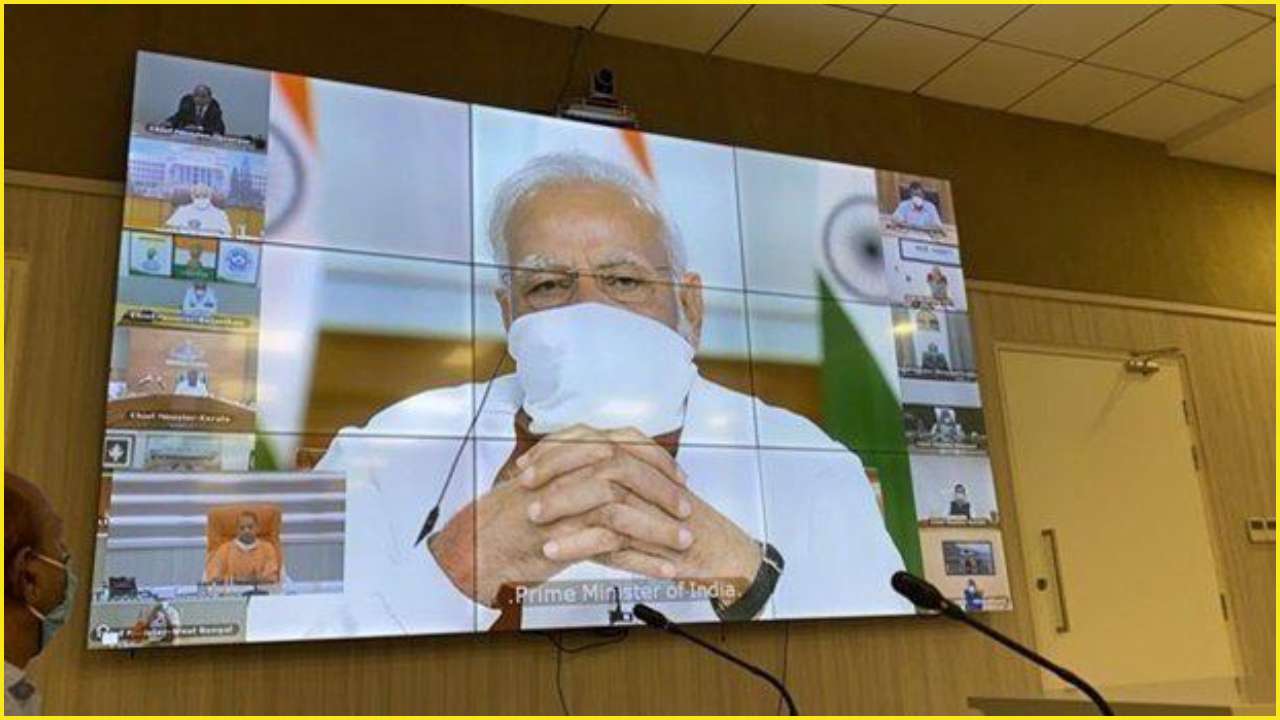The country has demonstrated leadership by example and must prepare to continue the charge.
Bengaluru: India is today the fifth largest economy in the world in terms of nominal GDP. The US leads at $21 trillion, followed by China at $15 trillion, Japan at $5 trillion, and Germany at $3.86 trillion. India is at $2.96 trillion; we recently overtook the UK currently at $2.86 trillion.
The Covid-pandemic struck soon after India entered the Top-5 economy ranking. The Indian government’s responses, first on the health and social fronts, and now on the economic front, are reflective of India’s status of a Top-5 economy.
The Indian government boldly prioritized the lives of Indian citizens by calling for a complete lockdown from 25 March, maximizing social distancing and shelter-in-place. The effect is evident when we compare the spread of coronavirus in India versus countries with high caseloads like the US, Italy, UK and Spain. The virus first landed on the shores of all five countries in 10 days between 21 and 31 January 2020. Since then, Italy, the UK and Spain have each seen a total number of cases north of 222,000, whereas the number of cases in the US surpassed 1.43 million. In India, the total number of cases stands at 78,810.

The difference is even starker on a per million population basis. Where the per million counts for the USA (4,321), Italy (3,673), UK (3,384) and Spain (5,798) are high, India stands at 57. This is a clear statistical indicator of India’s strong response to the pandemic. No longer can we dismiss these numbers as a consequence of inadequate testing. As soon as the global shortage in diagnostic kits was perceived in mid-March, several Indian companies designed affordable, high-quality testing kits. Many private and government labs around the country were certified and cleared to test. India’s testing capacity is now at 1 lakh per day.
Similarly, the number of deaths due to the virus in India is also low at 2,564 translating to 2/million population—compared to the US (257), Italy (514), UK (489) and Spain (580). The lockdown and social distancing may have prevented more deaths in India. The data per million shows the Indian government’s moves first to screen incoming international traffic, followed by home quarantine, facilitative quarantining, complete lockdown and shelter-in-place, contact tracing, and medical response have been successful. Considering that India has the second-largest population in the world – 1.38 billion people – this is a tremendous achievement.
Barring some hotspots like Mumbai, India has also successfully set up hospital preparedness routines across the country in anticipation of a higher case trajectory. We have 130,000 hospital beds earmarked for Covid-19 patients with ICU and oxygen support. Reportedly, the utilisation rate is less than 1.5%. An additional 645,000 isolation beds are prepared for suspected cases and Covid-patients without complications. We have built capacity in excess while having simultaneously gone into lockdown to curb the spread across the country.
In parallel, India has started one of the most extensive internal manufacturing drives in recent history. When Covid-19 landed on our shores, we realized just how vulnerable our health and economy is because we are import-dependent for every significant component required—diagnostic kits, PPE, N95 masks, respiratory aids and others. In two months, we have turned this around and set a new normal for high-quality, affordable products and necessities. If we retain this momentum for indigenous innovation and local manufacturing, India can become an export-oriented economy by increasing manufacturing capacity, meeting domestic demand, and then exporting the surplus.
While India is one of the only large economies to go into a complete economic lockdown early on in the fight against Covid, many wondered whether prioritizing lives over livelihood was the correct decision. PM Modi’s announcement on 12 May of an Rs 20 lakh crore economic package to sustain and rejuvenate the Indian economy shows that the government is willing to compromise with neither people’s lives nor their livelihood. Among the G-20 economies, India has the fifth-largest economic relief and stimulus package in terms of GDP % —Rs 20 lakh crore translating to $265 billion is 10% of our GDP. Japan leads with 21% of GDP or $1.1 trillion, followed by the US ($2.7 trillion at 13.3% of GDP), Australia (10.8%), and Germany (10.7%).
The data is clear—India has responded well to the Covid-pandemic so far:
• In the health dimension, the government prioritized protecting lives early on with a full lockdown and has managed to keep the caseload and death count low.
• On the social side, an early Rs. 1.7 lakh crore package was released to aid 80 crore people in the bottom-of-the-pyramid during the lockdown with food security and DBT income support.
• On the economic front, the announced Rs. 20 lakh crore package is being announced in detail with support for MSMEs, tax benefits, and increased support to farmers and rural workers. The effects on the economy will become apparent in a few weeks. The pandemic is still running its course, and no one in the world knows for how long or how severe it could even get. As we come out of the lockdown, we have to be prepared to do more on all fronts. The story is far from complete. However, we must remember that India is a vast country, and any comparisons we make with the rest of the world to gauge impact must be on a per million population basis to accurately understand effects.
TV Mohandas Pai is Chairman, Aarin Capital Partners) and Nisha Holla is Technology Fellow, C-CAMP

